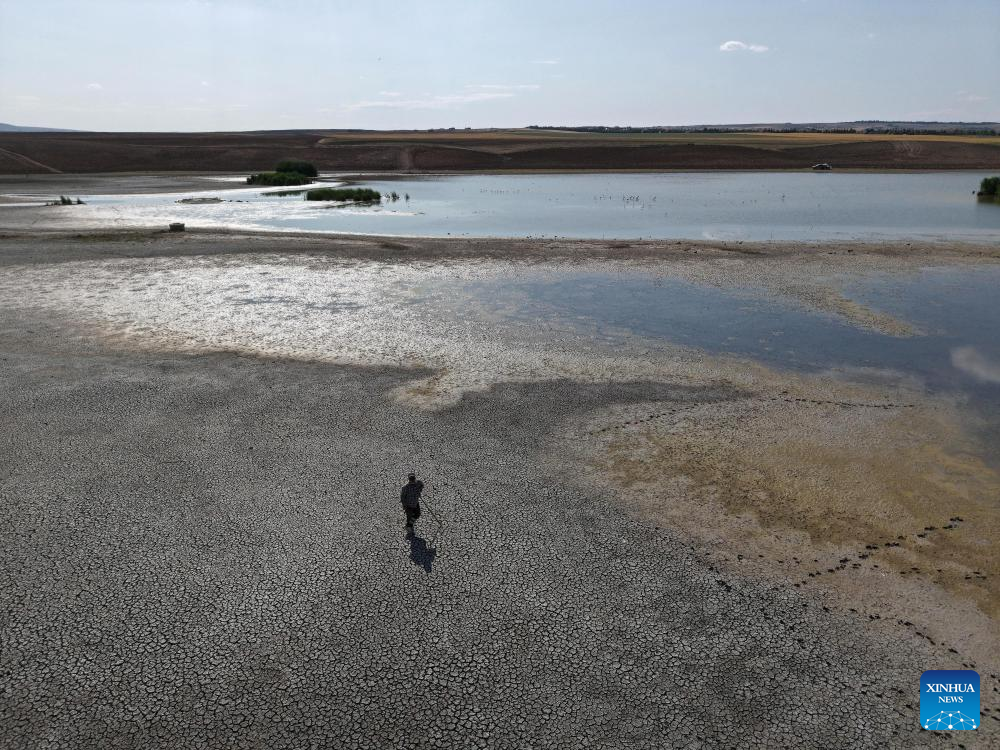
Global water supplies are becoming less reliable, leading to dangerous floods, droughts and threats to agriculture, the United Nation’s weather agency said in a new report.
A record hot year driven by climate change contributed to unpredictable river flows and rainfall in 2024, according to the World Meteorological Organization’s fourth annual report on water resources. Last year almost two-thirds of global river basins had water levels either significantly above or significantly below normal values.
“The water cycle is increasingly difficult to predict,” said Stefan Uhlenbrook, the WMO’s director of hydrology and an author of the report. “It is more erratic.”
Global temperatures in 2024 were 1.55 degree Celsius above the pre-industrial average, which is the highest in 175 years, the agency said. As well as raising air temperatures, climate change amplifies heavy rainfall and tropical storms, and causes glaciers to melt. That in turn increases the risk and intensity of floods.
In the first part of the year, the influence of the natural weather phenomenon El Nino also contributed to droughts and high temperatures in some regions. Unreliable water resources threaten food supplies, and can also feed conflict and lead to increased migration.
READ MORE: Drought depletes Turkiye's Tekirdag reservoirs, forcing emergency water curbs
Among the worst-hit regions in 2024 were the Amazon basin, which experienced a severe drought during the spring and summer, as well as west and central Africa, where flooding killed 2,500 people and displaced four million.
In Europe, meanwhile, floods affected the biggest area in 12 years, leaving hundreds of people dead and damaging buildings and infrastructure. Glacier melt is also accelerating. In 2024, all regions lost ice for a third consecutive year.
“The world’s water resources are under growing pressure and – at the same time – more extreme water-related hazards are having an increasing impact on lives and livelihoods,” said WMO Secretary-General Celeste Saulo.


